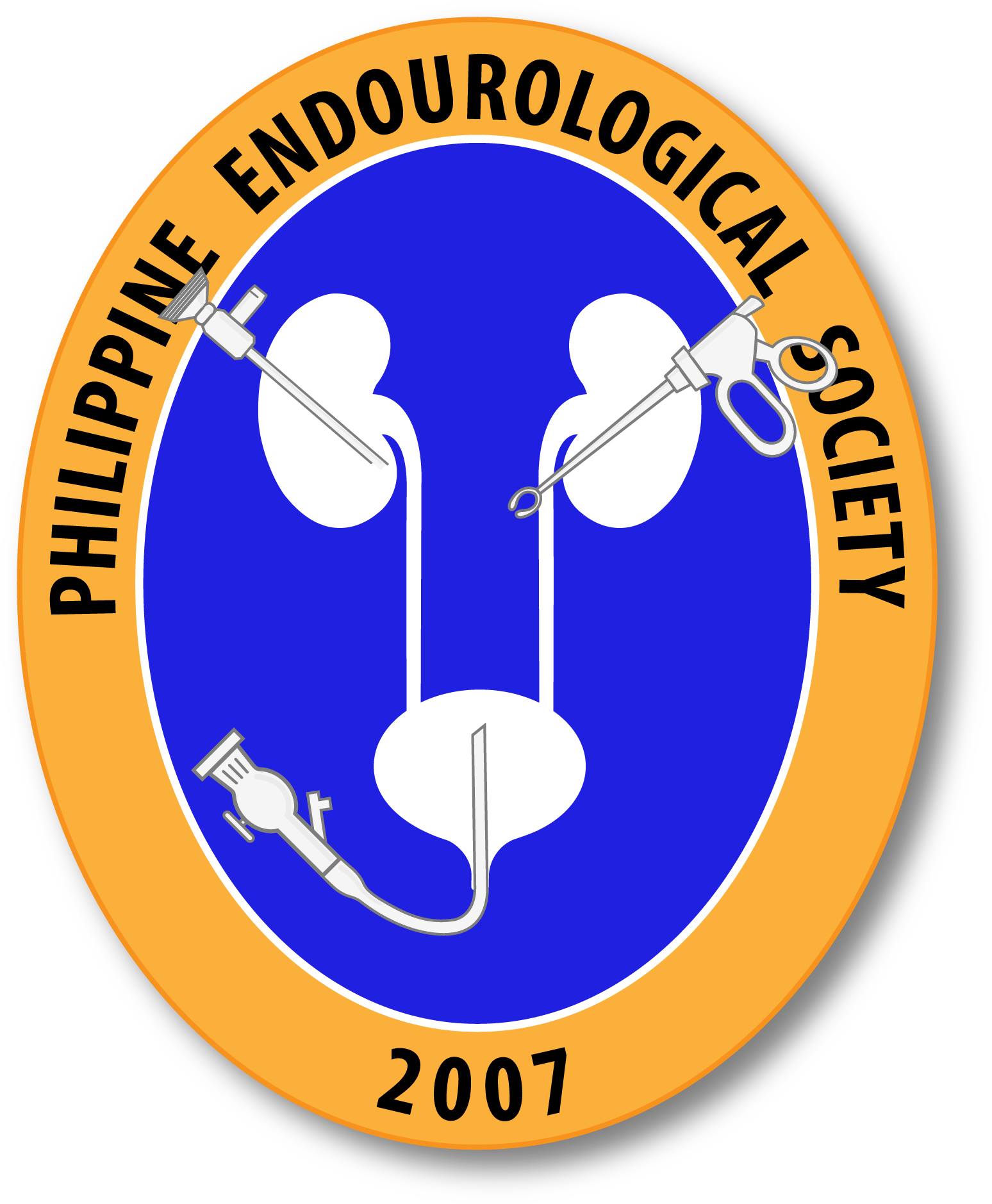Nocturia: A Highly Prevalent Disorder with Multifaceted Consequences.
Nocturia is a bothersome, multifactorial condition with many underlying causes and contributing factors. Nocturnal polyuria (NP; overproduction of urine at night) is a frequent component. The prevalence of nocturia increases with age; specific estimates of prevalence are influenced by frequency thresholds used to define it. There is a tendency toward higher prevalence in young women […]
